In episode 218 of the Disruptors for GOOD podcast, I had the pleasure of speaking with Vanessa Barboni Hallik, Founder and CEO of Another Tomorrow, on her journey from finance to fashion and the mission behind the sustainable luxury brand.
- Subscribe on Apple Podcasts
- Subscribe on Spotify
- Subscribe on Amazon Music
About Vanessa
Vanessa Barboni Hallik is the founder and CEO of Another Tomorrow, a B Corp Certified sustainable design company committed to reshaping the future of fashion.
Through a fully digitized product ecosystem, Another Tomorrow offers technology-enabled transparency and authenticated recommerce, demonstrating a bold approach to circularity.
In addition to leading her company, Vanessa is an investor in early-stage companies driving systemic change across various industries.
Vanessa serves on the Advisory Board of Harvard’s Carr Center for Human Rights Policy, where her focus is on the ethical implications of artificial intelligence.
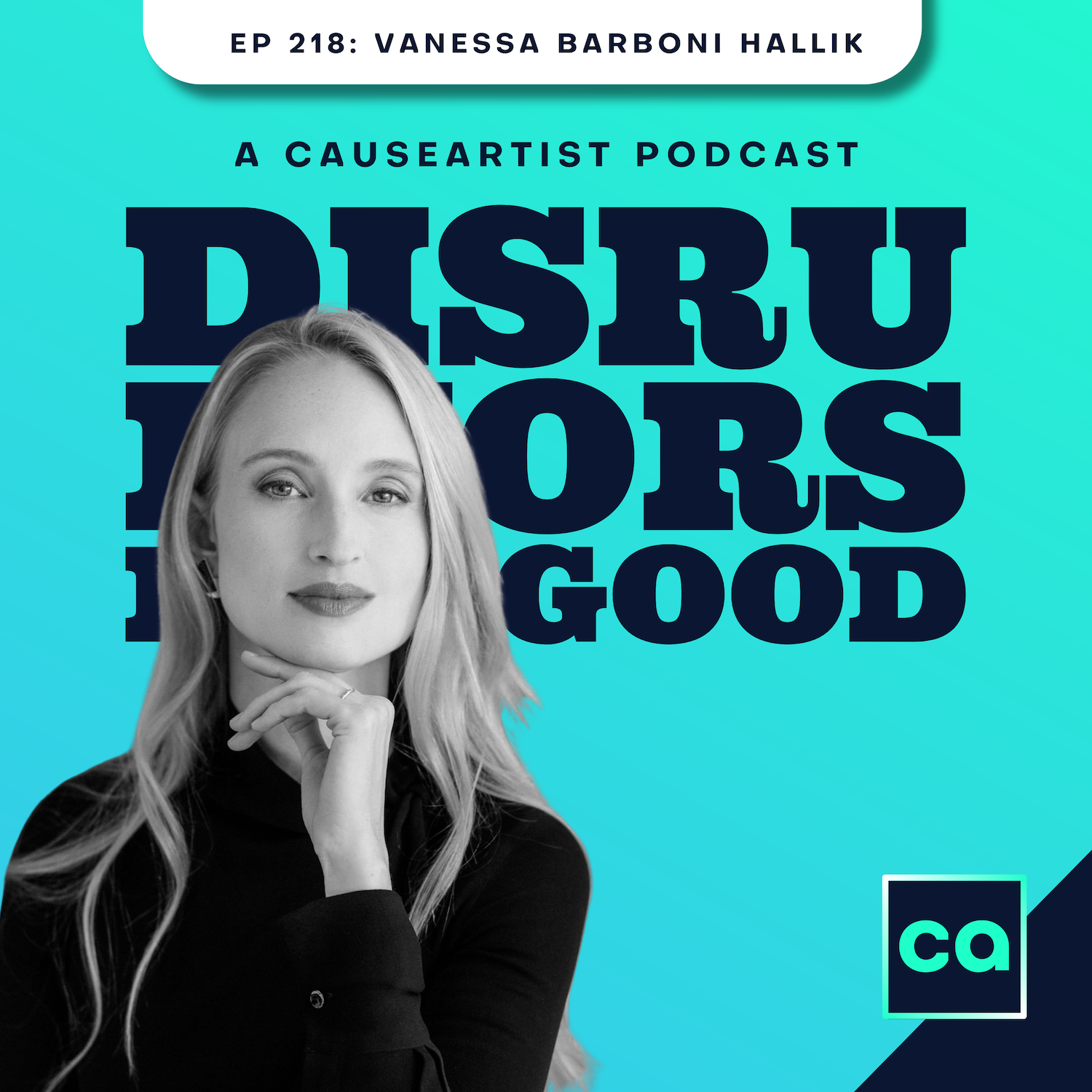
As a recognized thought leader in innovation, digital transformation, and sustainable business models, she frequently speaks on topics such as circular economies. Her work has garnered attention from major outlets like The New York Times, Fast Company, Bloomberg, Forbes, and Vogue.
Vanessa has also been recognized by Wallpaper Magazine’s USA400 and Worth Magazine’s Worthy100 for her contributions to the industry.Before founding Another Tomorrow, Vanessa spent her career at Morgan Stanley, where she held leadership positions in the emerging markets institutional securities business.
Her global experience included managing cross-border teams and working across diverse markets. She also served as a Trustee on the Board of the Morgan Stanley Foundation and represented the firm at the Council on Foreign Relations.
Vanessa chaired the Fixed Income Philanthropy Committee, where she pioneered and led a mentoring program with East Side Community High School in partnership with PENCIL.org.
Takeaways
- The negative externalities of capitalism and the environmental impact of the fashion industry are driving the need for sustainable fashion brands.
- Transparency and circularity are key principles in building a sustainable fashion brand.
- Technology plays a crucial role in achieving transparency, circularity, and creating new materials in the fashion industry.
- Treating clothing as an asset and promoting the growth of the secondhand market are important steps towards a more sustainable fashion industry.
- Future founders in the fashion industry should focus on understanding the basic economics and building a customer-centric approach.
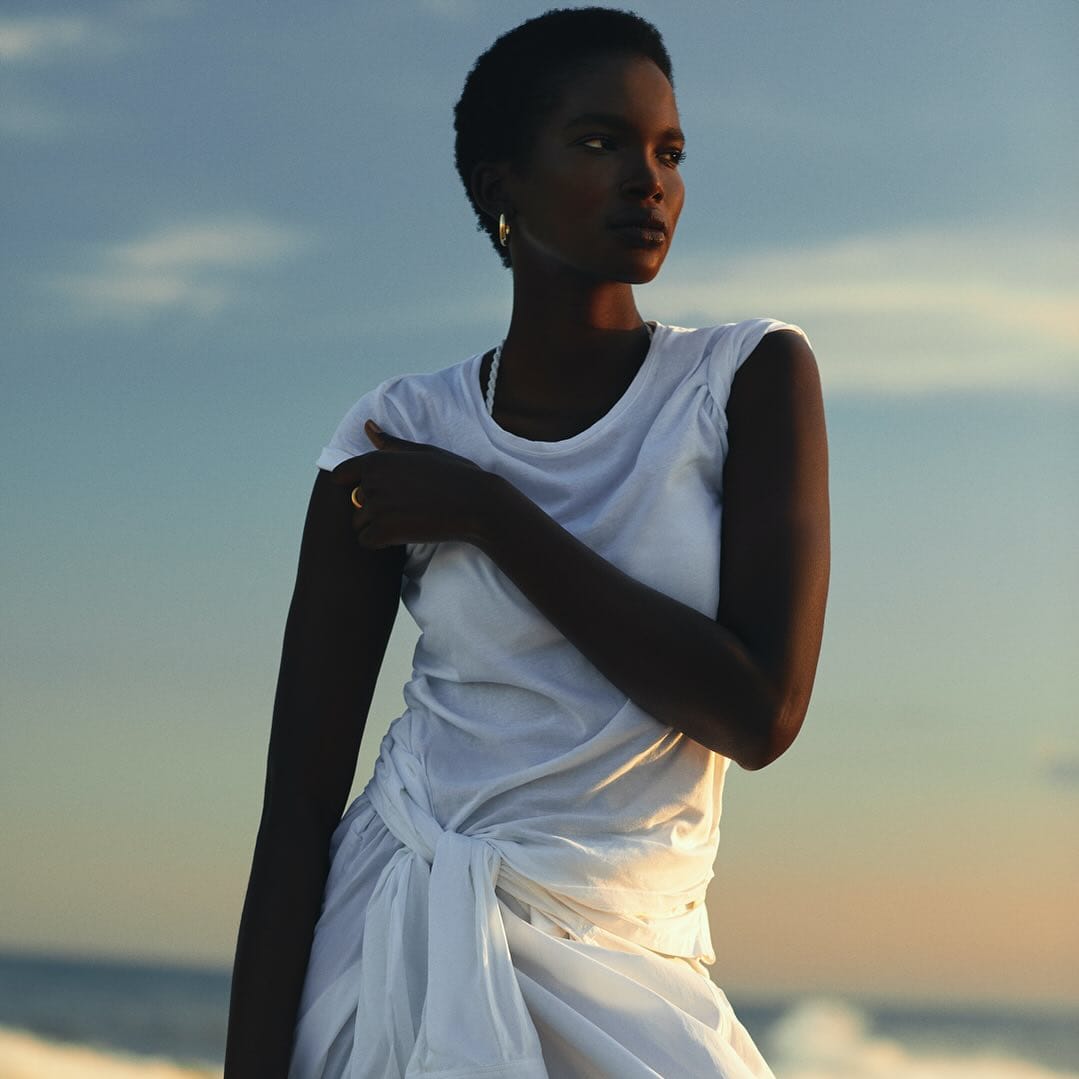
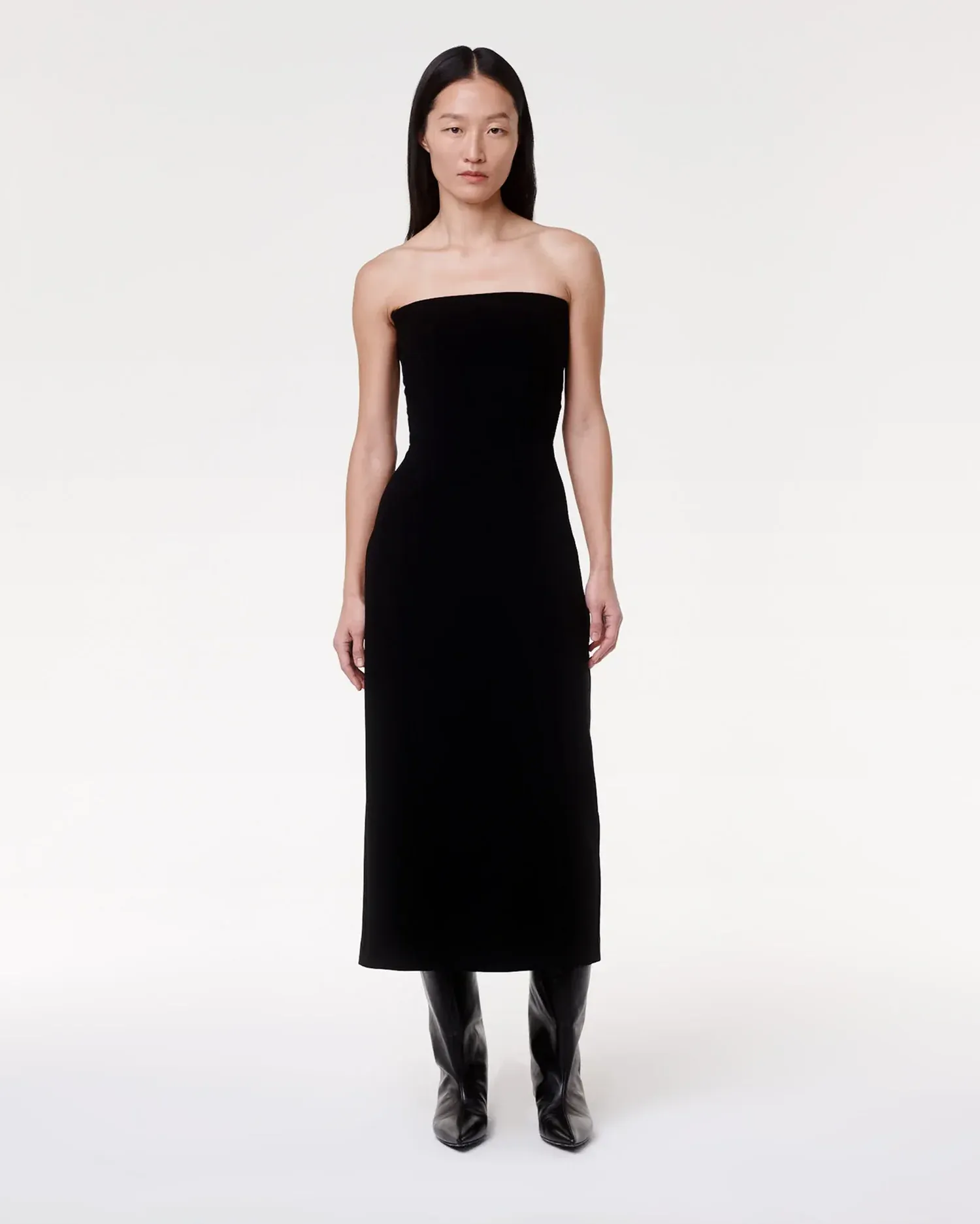
About Another Tomorrow
Born from Vanessa’s desire to create a more sustainable future, Another Tomorrow offers a modern approach to fashion.
After a successful career in emerging markets finance, Vanessa took a sabbatical to explore sustainable finance. However, during her research, she uncovered alarming truths about the apparel industry’s impact on people, animals, and the environment.
This led to the birth of Another Tomorrow, a brand built on three pillars: human, animal, and environmental welfare.
The mission for the company is simple yet profound: to offer a wardrobe of ethically made clothing, provide education on the broader fashion industry, and create a platform for activism.
Another Tomorrow’s collection pushes the boundaries of what responsibly sourced and ethically produced materials can achieve, offering timeless, versatile pieces designed for longevity.
A Circular Economy Approach
At its core, Another Tomorrow embraces a technology-based circular economy. The brand is driven by the principles of community, transparency, and organic scarcity, ensuring that each decision aligns with the values of both the company and its consumers.
By building trusted partnerships with suppliers and providing consumers with transparency about the supply chain, Another Tomorrow encourages mindful consumption and reduces fashion waste.
This circular approach extends beyond the design process, as the brand also aims to educate consumers on the broader impact of their choices.
Every piece in the collection reflects a commitment to human, animal, and environmental welfare, ensuring that consumers can feel good about the clothes they wear.

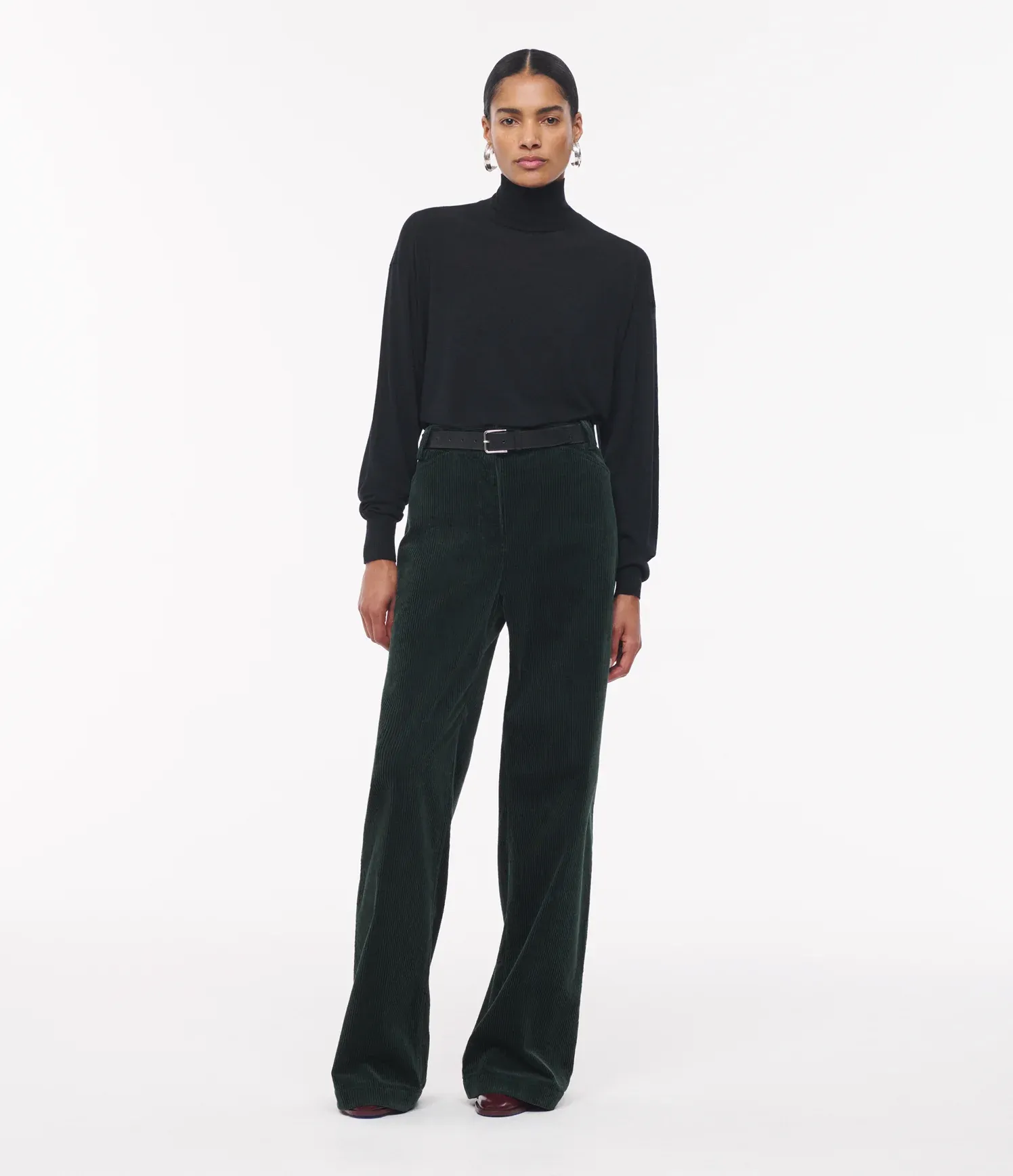
The Materials Another Tomorrow Uses
Every piece in Another Tomorrow’s collection is crafted with thoughtfully chosen materials designed to minimize environmental impact and promote sustainable practices. Here’s a closer look at the materials they use:
- GRS Recycled Cashmere: Sourced from post-consumer textiles, this material reduces the demand for virgin cashmere, which is known for its environmental footprint. Recycled cashmere offers the same luxurious feel without the environmental costs of overgrazing or resource depletion.
- European Linen: Linen is one of the most sustainable fibers available, made from the resilient flax plant, which requires minimal water and pesticides. European linen, in particular, is valued for its quality and reduced ecological impact.
- Ethical Wool: Wool used in Another Tomorrow’s collection is sourced ethically, ensuring that animal welfare is maintained throughout the production process. This wool is sourced from farms that prioritize humane treatment of sheep, adhering to strict ethical guidelines.
- Denim: The brand’s denim is crafted using sustainable practices, from sourcing to production. Traditional denim manufacturing is water-intensive and chemically harmful, but Another Tomorrow works to mitigate these effects through responsible sourcing and production methods.
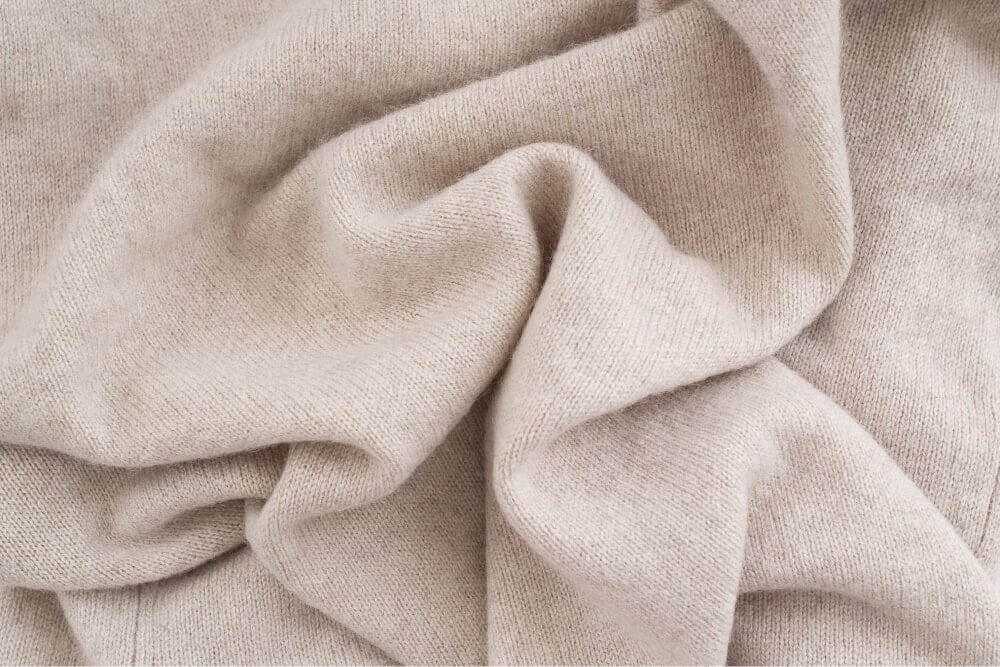
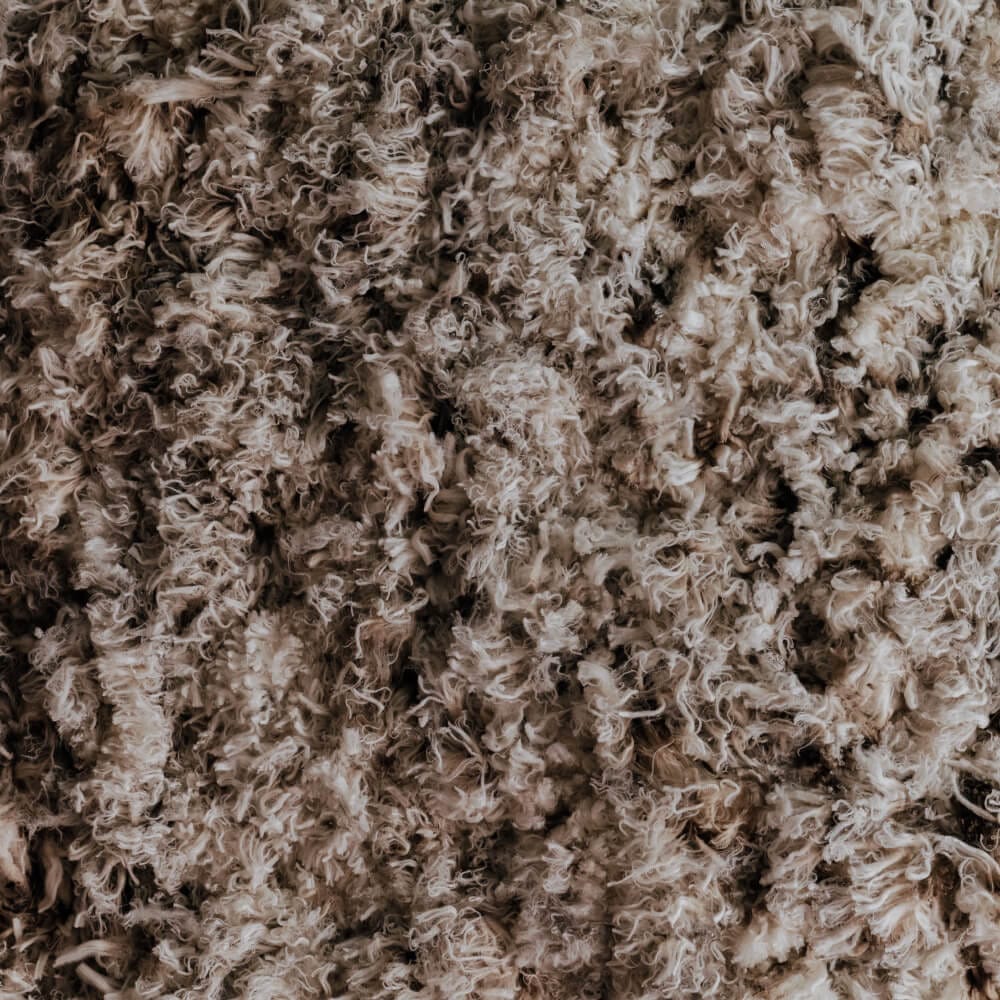
GRS Recycled Cashmere(left) and Ethical Wool(right)
- Recycled Polyester Buttons: Rather than using virgin plastic, Another Tomorrow incorporates recycled polyester into their buttons, reducing waste and the need for new plastic production.
- Corozo Buttons: Derived from the seeds of tropical trees, corozo buttons are a natural alternative to plastic. Known for their durability and beauty, corozo buttons are both sustainable and biodegradable.
- FSC Certified Viscose: This viscose is sourced from responsibly managed forests, ensuring that the production process respects both ecosystems and local communities. It provides a soft, drapey alternative to less sustainable fibers.
- Organic Cotton: Organic cotton is grown without harmful pesticides or synthetic fertilizers, protecting both the environment and the health of farmers. It’s a more eco-friendly option than conventional cotton, which requires significant water and chemical input.
- Organic Hemp: One of the most sustainable fibers available, hemp is naturally resistant to pests and requires little water to grow. It’s a renewable, biodegradable, and durable material, making it an ideal choice for eco-conscious fashion.
- Peace Silk: This silk is produced without harming the silkworms, offering a cruelty-free alternative to conventional silk production. Peace Silk aligns with Another Tomorrow’s commitment to animal welfare while maintaining the luxury and elegance of traditional silk.
The Materials Another Tomorrow Avoids
In addition to the sustainable materials they champion, Another Tomorrow deliberately avoids materials known for their harmful environmental or ethical impact:
- Conventional Cellulosic Fiber: Often produced using toxic chemicals, conventional cellulosic fibers can be harmful to both workers and the environment. Another Tomorrow opts for alternatives like FSC-certified viscose to ensure more responsible sourcing.
- Conventional Viscose: While viscose is a popular material in the fashion industry, its conventional production methods are linked to deforestation and chemical pollution. The brand instead uses responsibly sourced viscose.
- Conventional Cotton: The production of conventional cotton is water-intensive and relies heavily on harmful pesticides and fertilizers. Another Tomorrow uses organic cotton to mitigate these effects.
- Down: Although widely used for insulation, down often involves animal welfare concerns. By avoiding down, Another Tomorrow upholds its commitment to animal welfare.
- Virgin Cashmere: The demand for virgin cashmere has led to environmental degradation, particularly in the overgrazed lands of Mongolia. Instead, Another Tomorrow opts for recycled cashmere to reduce this impact.
- Polyester: As a synthetic fiber derived from petroleum, polyester contributes to plastic pollution and microplastic contamination. Another Tomorrow avoids virgin polyester, opting instead for recycled materials when necessary.
Responsible Production
For Another Tomorrow, sustainability doesn’t stop at materials. The brand views its suppliers as partners, building long-term relationships based on shared values of ethical production and environmental responsibility.
By maintaining close relationships with its producers, Another Tomorrow ensures that its commitment to sustainability extends across every stage of the production process.
Interview Transcript
[00:05.718] Grant Trahant:
Absolutely. I’m really excited to dive deep into your unique journey from finance to fashion. It’s such a cool transition, and since I’ve dabbled in both sectors, I’m eager to hear more about your experiences. Before we jump into the mission and vision behind Another Tomorrow, could you take us through the journey from finance to fashion? What was the catalyst for the switch?
[00:57.121] Vanessa Barboni Hallik:
Sure, I’ll take it back a bit, as it really starts earlier. I’m originally from Iowa and grew up in several college towns across the Midwest and Rust Belt. My dad was a sociology professor and an early technologist, and my mom was an artist. So, I grew up with this sense that solutions to big issues often lie at the intersection of different disciplines. That shaped a lot of my thinking, although I couldn’t articulate it back then.
I also had a front-row seat to the negative externalities of capitalism. During my childhood in Northwestern Pennsylvania, the Great Lakes were too polluted to swim in, and chemical waste was everywhere. Additionally, when the high-paying manufacturing jobs left town, the social fabric completely unraveled. By the time my younger sister went to high school—just a few years after me—they’d installed metal detectors. So, I grew up with this lingering thought that there had to be a better way.
I originally had no exposure to finance and went to Berkeley with dreams of becoming an architect, thinking it would be a great interdisciplinary career with a tangible impact on the world. But then my mom passed away during my freshman year, and I pivoted to something more stable. I ended up switching schools, switching majors, and accidentally falling into finance after co-authoring a paper on electricity pricing. Before I knew it, I was in finance, and eventually spent 15 years at Morgan Stanley.
[02:30.914] Grant Trahant:
Wow.
[02:43.021] Vanessa Barboni Hallik:
Yes, it was quite a journey. I found my way into emerging markets pretty quickly, and I loved it. It was a fast-paced, intrapreneurial environment where I got to build businesses on the trading side. I learned firsthand how capital allocation shapes the world. Whether you’re funding government projects, companies, or infrastructure—it all matters. I became curious about the broader impact of how we direct capital.
In 2007, I even left briefly to pursue a degree in energy and environmental policy, but I was convinced to come back and ended up doing both. Then, after the financial crisis, I really started to question how much I was willing to align my career with my values. That’s when I decided to take a sabbatical and explore my next steps. Morgan Stanley thought I’d be back—they called me a “boomerang”—but this time, things were different. On that sabbatical, I discovered the environmental and social issues in fashion, which led me down the path to Another Tomorrow.
[05:42.264] Grant Trahant:
That’s fascinating. What stood out to me about Another Tomorrow is that I could see a woman in finance wearing it—it feels high quality and professional. A lot of sustainable brands focus on more casual wear, but yours feels more polished. How did you decide to enter the fashion industry, and what was your process of discovering its impact?
[07:10.445] Vanessa Barboni Hallik:
It was a gradual discovery, like peeling back layers of an onion. During my sabbatical, I had the freedom to explore industries I hadn’t been exposed to before. Fashion wasn’t one I knew much about, but I began to notice how huge its impact was. One of the first things that struck me was realizing that fashion is essentially an agricultural product—whether it’s made from plastic or natural fibers. That sent me down a rabbit hole on supply chains, and I was shocked by how much environmental harm comes from something as simple as conventional cotton, with all its chemical insecticides and pesticides.
At the same time, I learned that the fashion industry exceeds planetary boundaries by four times, and half of its products are thrown into landfills within a year. It was mind-blowing. Fashion’s wastefulness and inefficiency turned it into a systems problem I wanted to solve. That’s when I decided to create a brand that modeled what the future of fashion could look like—one built on transparency, circularity, and a luxury-quality product that customers would want to invest in.
[10:07.51] Grant Trahant:
I love the concept of treating clothing as an asset. You’ve talked about technology playing a key role in fashion’s future. Can you explain how Another Tomorrow is using technology to set a new standard in the industry?
[10:58.361] Vanessa Barboni Hallik:
One of the best decisions we made early on was incorporating unique digital IDs into each garment. These IDs offer customers complete transparency—they can scan the care label and see the entire supply chain, from the farm where the wool came from to the processing steps, all the way to how it aligns with our values of human, environmental, and animal welfare. We also use these digital IDs for our authenticated resale channel, allowing customers to resell their pieces back to us.
It’s been foundational to building both transparency and circularity. Coming from a finance and trading background, I saw so much opportunity to leverage data and technology to de-risk the industry and build better systems. There’s still a lot more to do, but I’m excited about the potential.
[12:27.992] Grant Trahant:
Fashion’s traditional model of seasonality and constant production drives overproduction and waste. How do you balance that with your commitment to sustainability?
[13:21.947] Vanessa Barboni Hallik:
It’s definitely one of the trickiest aspects because it’s tied to human psychology and the way the industry has trained us. People are hardwired for novelty. At Another Tomorrow, our business model is 50-50—half of our products are evergreen, always in stock, produced to demand, which minimizes waste. But we also know that people want new things, so for the more novel pieces, we create them in limited quantities to avoid overproduction.
Data plays a huge role in helping us make these decisions. We can also explore pre-orders and better ways to match supply with demand, but there’s always that tension between people wanting things now and the time it takes to create high-quality products.
[15:15.032] Grant Trahant:
What have been some of the biggest challenges in building an ethically sourced supply chain and creating a circular economy for your brand?
[16:20.485] Vanessa Barboni Hallik:
There have been a myriad of challenges, and honestly, I forget some of the pain now that we’ve come this far! One of the biggest challenges was that I knew almost no one in the industry when I started. We also spent a lot of time building a decision matrix based on science-based best practices. We wanted to make really rigorous decisions, but we quickly realized that many of the materials we needed didn’t exist in the market.
That led us to build most of our materials from scratch. We ended up creating a custom materials library and developing deep partnerships to make it happen. It took longer at the outset, and we had to navigate the complexities of sourcing wool from regenerative farms in Tasmania and convincing mills in Italy to work with us. But we got there!
[19:16.556] Grant Trahant:
I’d love to hear your thoughts on the role of technology in creating new materials. There are so many innovations happening with alternatives to traditional materials like leather and cotton. How do you see technology playing a role in Another Tomorrow?
[20:51.545] Vanessa Barboni Hallik:
Technology is key. One of my earliest pathways into fashion was through my own early-stage investing in climate tech and material science. We work with several material science companies, particularly around leather alternatives. While I see a lot of potential, I’ve also seen many cautionary tales. To scale these solutions, they need to work within the existing infrastructure, and they have to meet real demand.
We’ve been very pragmatic about it—ensuring that any solution we work with is scalable, meets environmental impact standards, and is something the end customer will love. While we’re exploring interesting things in regenerative agriculture, we don’t necessarily aim to become vertical in materials. For now, we’re focused on partnerships.
[23:39.458] Grant Trahant:
You mentioned some of the hurdles, but what have been the biggest successes for Another Tomorrow?
[24:45.551] Vanessa Barboni Hallik:
One of the biggest factors in our success has been taking a customer-centric approach. Fashion often operates with a “build it and they will come” mentality, but we focused on understanding what adds value for our customers. That’s been a cornerstone of our market positioning and design.
Additionally, I’m incredibly grateful for the amazing team we’ve built. Many people in the fashion industry want to be part of a different path forward, and we’ve had the honor of working with a heart-led, intelligent, and hardworking group of collaborators. We’ve learned a lot, and while we haven’t done everything—like fashion shows—we’ve managed to build a solid understanding of how the industry functions and where we want to go.
[27:17.486] Grant Trahant:
You talked earlier about making fashion an asset. Could you expand on that?
[27:43.835] Vanessa Barboni Hallik:
When I talk about clothing as an asset, I mean that it has inherent and residual value. Fast fashion has built a model around planned obsolescence, making clothes that fall apart and are inherently disposable. The opposite is true for Another Tomorrow. In the past, people invested in their clothing—it was seen as valuable. We’re seeing the growth of secondhand fashion, and it’s exciting to see consumers realize that quality clothing can be resold and reused.
[29:42.223] Grant Trahant:
Did you raise money for Another Tomorrow, or was it bootstrapped?
[29:42.223] Vanessa Barboni Hallik:
I initially funded it myself, which allowed me to bring the concept to life and demonstrate its commercial viability. After that, we raised capital through a mix of traditional and impact investors. We’ve been fortunate to have a healthy balance between the two, which has been great for the business.
[31:28.856] Grant Trahant:
Any advice for future founders looking to enter the fashion industry?
[32:33.367] Vanessa Barboni Hallik:
You need to get the basic economics right from the start. Understand what works conventionally and why. Don’t assume things will magically work out as you scale—make sure your unit economics and channel strategies are sound. It’s also essential to build a strong network of advisors who can help you leapfrog challenges. Surround yourself with people who have the expertise you may not have.
[34:52.526] Grant Trahant:
Did you build your team around people from the fashion industry, or did you focus more on business leadership?
[35:01.871] Vanessa Barboni Hallik:
Both. We have great advisors on technology, supply chain, and marketing, and our team has grown from passionate generalists to specialists. As we scale, we’re making sure to bring in domain experts while staying mission-focused.
[36:10.329] Grant Trahant:
What’s next for Another Tomorrow over the next three to five years?
[36:10.329] Vanessa Barboni Hallik:
We want to become the leading sustainable luxury brand across global geographies, demonstrating that systems change can lead to conventional success. We’re also excited to lean into the B2B side of the business, offering some of what we’ve built to serve others in the industry. Our team is in a great place to support that vision.
[37:35.611] Grant Trahant:
Thank you so much, Vanessa. This has been an amazing conversation. I’m truly impressed by what you and your team have built. Best of luck for the next decade and beyond!
[37:49.849] Vanessa Barboni Hallik:
Thank you, Grant! It’s been a pleasure, and I appreciate the opportunity to share our story. I look forward to keeping in touch!







